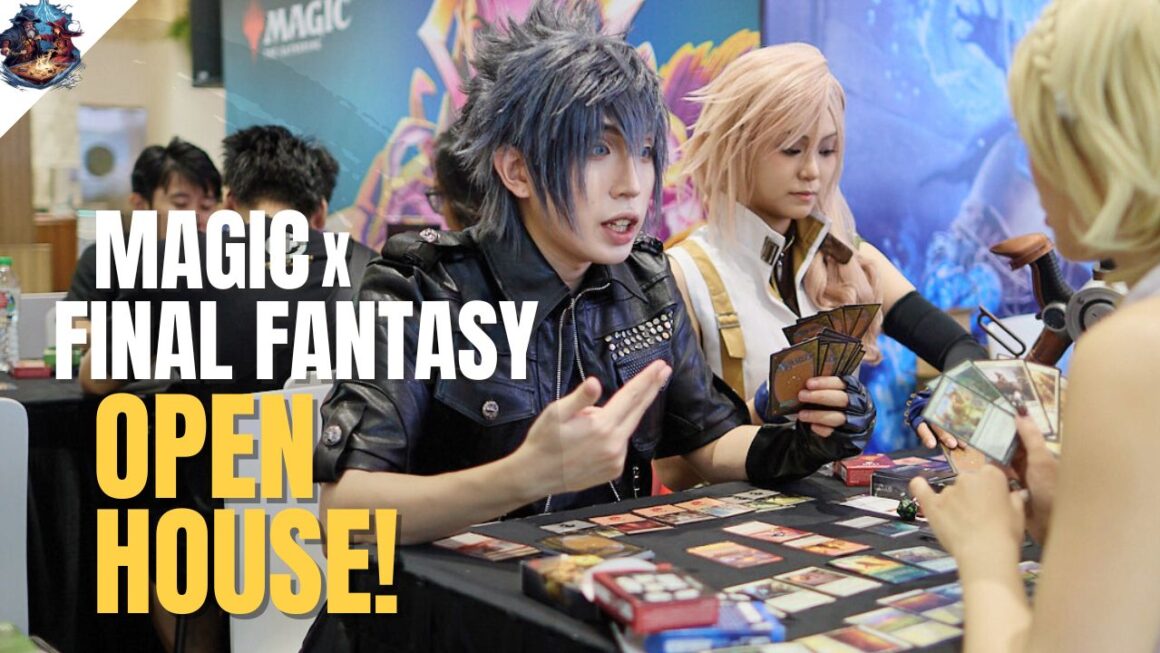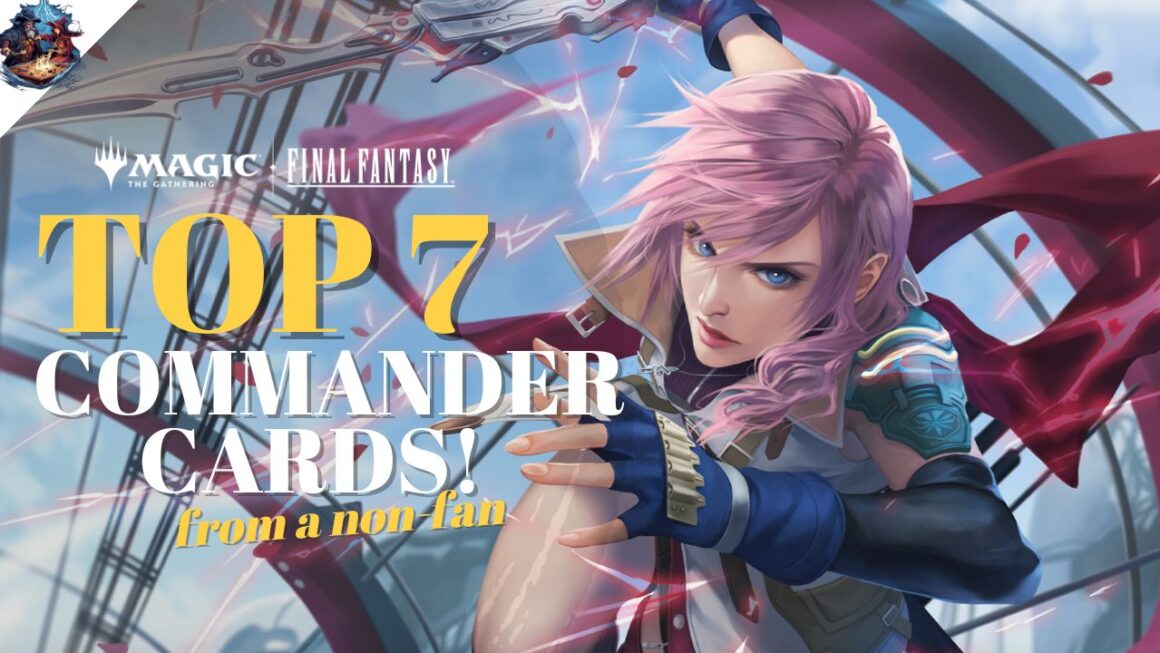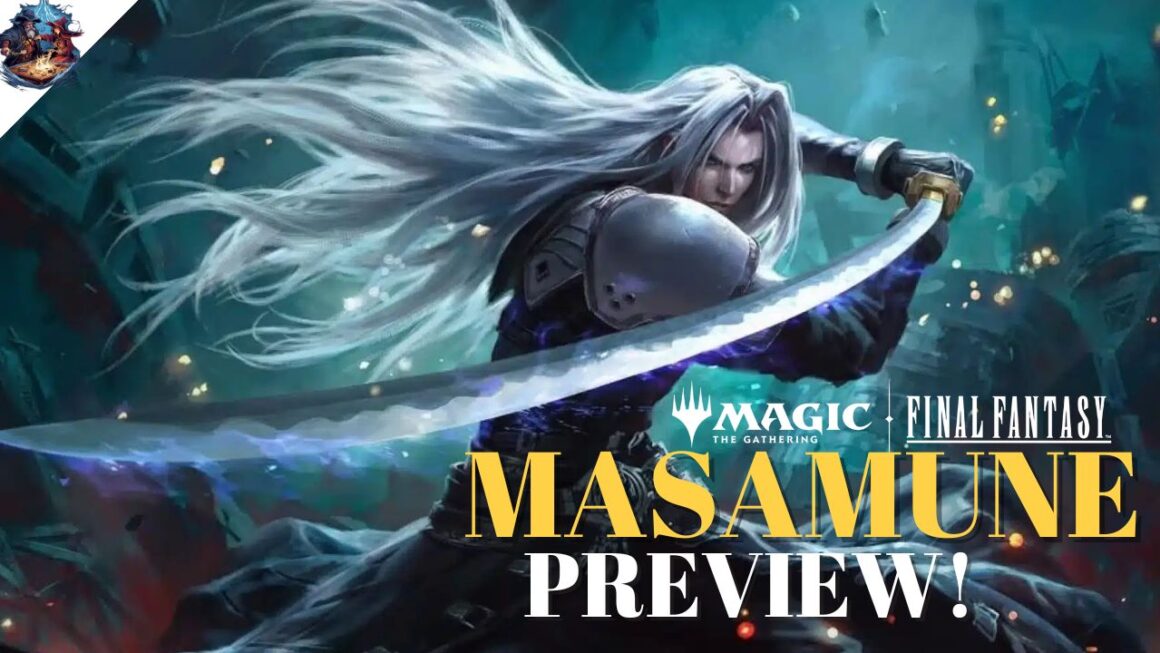So you’re looking for a new hobby, and have stumbled upon Magic: The Gathering (MTG). You could learn programming, bake cookies, or train for a marathon. Why MTG then, are there any reasons to play this 27-year-old game?
What is Magic: The Gathering?
Jimmy Wong has the sensational pitch on MTG at the official MTG Youtube channel. Here at Tap & Sac, we will go for a more technical view on the game.
MTG was conceived by Richard Garfield and released in 1993. It involves collecting cards and assembling decks. Players then pit their own decks against other players and their decks.
New cards are released in theme-based sets. The player then makes choices on which cards to include in their decks, thus personalising their deck and incorporating it into their identity within the game.
Let’s be honest, there are lots of entertainment options out there. The rise of mobile gaming has overshadowed old, sit-down games such as MTG and Monopoly. We list out 5 undeniable reasons to play MTG today:
Magic: The Gathering Has Beautiful Artwork

Each MTG card features a graphic depiction. This artwork is always tied to the card’s name and concept.
The artists interpret the subject and translate it into the artwork. Every card has meaningful artwork and/or flavor text, which gives intrinsic value to each card as well as contributing to the set’s theme.
For example, let us consider Lofty Denial. This card is designed to reward players for having creatures that fly. The represented spell counters incoming spells unless the opponent pays a premium for the effect.

The artwork translates the card very literally, with an incoming bolt of fire being deflected by an avian familiar, capturing the flavour of the spell.
Many artists hired by Wizards of the Coast are also of high caliber. Artists like Rob Alexander, Rebecca Guay, and Seb McKinnon have drawn dozens of MTG pieces and are highly respected among the playing community.
The artistic element makes the game easy on the eyes and attracts many new players to the game. Check out our own list of top Magic artists of all time!
Magic: The Gathering Offers High-Level Strategic Gameplay

Magic the Gathering is a game of deep and meaningful decision making. Every choice and action will likely have consequence. In fact, the game is often compared to Chess! Decisions are made before the first turn and deciding which hands to keep can also be highly impactful.
Magic, however, adds uncertainty as an additional variable for consideration. In chess, players have access to perfect information, but unknown variables have to be taken into account in a MTG game.
The complexity provided by the game makes learning its intricacies inherently rewarding. Players get palpable satisfaction from observing the consequences of each action. They learn possible lines of play against different decks and to evaluate cards in order to address the weaknesses of their deck. This growth is satisfying and a great reason to pour time and effort into the game.
Magic: The Gathering Has Avenues For Competitive Play

For those who are interested in competing with the best for prizes, Magic: the Gathering has a professional scene.
Successful players can win at tournaments of various levels and qualify for high level tournaments. At the top of the ladder is the World Championships, held every year with a prize pool of US$1 million.
But for those starting out, your Local Games Store (LGS) will also be hosting Friday Night Magic (FNM), which is a semi-competitive event run weekly for players looking to destress after a tiring week.
Magic: The Gathering Allows For Creative Expression

While there are select proven decks that many competitive players focus on, MTG has unlimited potential for creative deck-building and design. Any prospective player is welcome to take on the challenge of making a completely new deck.
Many of the tournament worthy decks present in MTG today started this way. Through hours of play testing and refinement, they have become the powerhouses that they are today.
Many completely impractical cards – Happily Ever After, for example – are also available for exploration. The challenge of getting a win off these cards is reason enough to play them. Some players prize the entertainment value of presenting awkward situations to their opponents or winning the game in unorthodox ways.
Magic: The Gathering Has, Well…The Gathering!

A great part of MTG is the social aspect of the game. You can make friends from attending events at your Local Games Store (LGS). Engage people in discussing new deck designs and giving opinions on their brews.
Many players make friends of different ages and professions through MTG. The community is also generally helpful and decent.
If you’re looking for new friends to hangout with and have a good time, MTG can certainly deliver.
End Step: Cast Your First Spell
There are many reasons to play MTG, and these are just the top of the list. Try it out at your LGS, and perhaps you too will join the many other MTG players in exploring the multiverse. To help beginners out, we also have our own Learning Guide, and it is constantly growing! Check out some articles below to get started:
- New Duskmourn Mechanics – Room Enchantments, Eerie, Impending & Manifest Dread!
- Paper vs Arena for Magic: the Gathering: Analyzing 6 Pros and Cons
- Magic Basics: Understanding Non-Basic Dual Lands | MTG
- Magic Basics: What’s the Difference Between Activated, Triggered and Mana Abilities?
- Magic Basics: What is Commander Damage?
- Magic Basics: Sealed Format for Prerelease Events
- Magic Basics: Gladiator Format Pros and Cons Explained
- 3 Simple Steps On Your Wary to Build a Magic: the Gathering Deck




